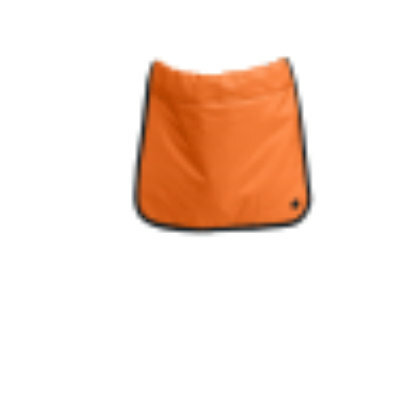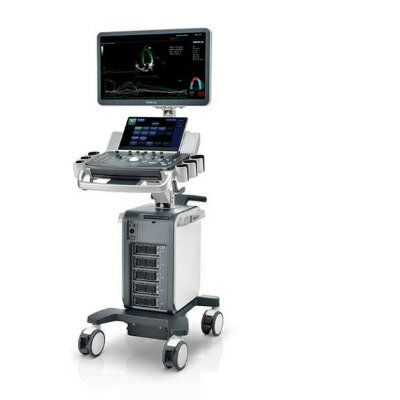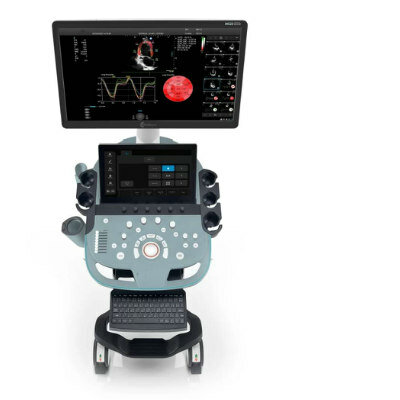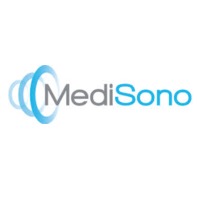Navigation System Allows Less Radiation During Catheter Interventions
By MedImaging International staff writers
Posted on 17 Aug 2011
By way of magnetic targeting, new navigation technology locates the catheter during cardiac interventions and projects its precise position in real time on a previously acquired fluoroscopy image of the patient. This technology has great potential to save radiation dose during long procedures, as the patient does not need to be scanned repeatedly with the angiography system in order to track the catheter.Posted on 17 Aug 2011
Siemens Healthcare (Erlangen, Germany) has integrated the navigation technology MediGuide from St. Jude Medical (St. Paul, MN, USA) into its Artis zee angiography systems. Navigation with the MediGuide technology utilizes a special electromagnetic tracking procedure to determine the position of medical devices during minimally invasive interventions. Siemens is the first manufacturer to integrate MediGuide Technology into its Artis zee systems to provide improved navigation of catheters during electrophysiology procedures without having to subject the patient to continuous fluoroscopy.
During the intervention, a miniaturized sensor integrated into the catheter can be located by receiving electromagnetic positioning signals from the MediGuide transmitters, which are integrated into the detector housing of the Artis zee system. The MediGuide technology then calculates the respective position and orientation of the catheter and displays it in real-time on fluoroscopic images of the patient that were recorded earlier. To display the catheter’s position exactly, the technology also compensates for patient movement caused by respiration and heart motion.
The MediGuide Technology may provide significant benefits especially during longer interventions or examinations in the cath lab. The cardiologist no longer has to take fluoroscopic images of the patient each time the catheter is repositioned, as is the case with current technology. As a result, less radiation and less contrast agent use is expected. “With the MediGuide technology, we have expanded our CARE dose-reduction initiative with a critical functionality,” said Dr. Heinrich Kolem, head of the angiography and interventional X-ray business unit at Siemens Healthcare. “We are convinced that our customers will achieve better clinical results, especially during complex procedures, and at the same time will be able to save both dose and time.”
The Heart Center Leipzig, Germany, has already performed the first interventions with Artis zee and the MediGuide technology. “The low-radiation, precise localization of the catheter tip onto the prerecorded fluoroscopy image is a most impressive function, because the system is able to compensate the motion from heart beat and breathing,” said Prof. Dr. Gerhard Hindricks, director of the rhythmology department. “For my team and me, this is clearly the future in electrophysiology.”
Dr. Christopher Piorkowski, MediGuide project team leader at the Heart Center Leipzig, added, “Our clinical experience now includes more than 50 patients. The technology will have a significant impact in the field of catheter ablation, but also for the placement of left ventricular leads for cardiac resynchronization.”
This technology is not commercially available in all countries.
Related Links:
Siemens Healthcare
St. Jude Medical














